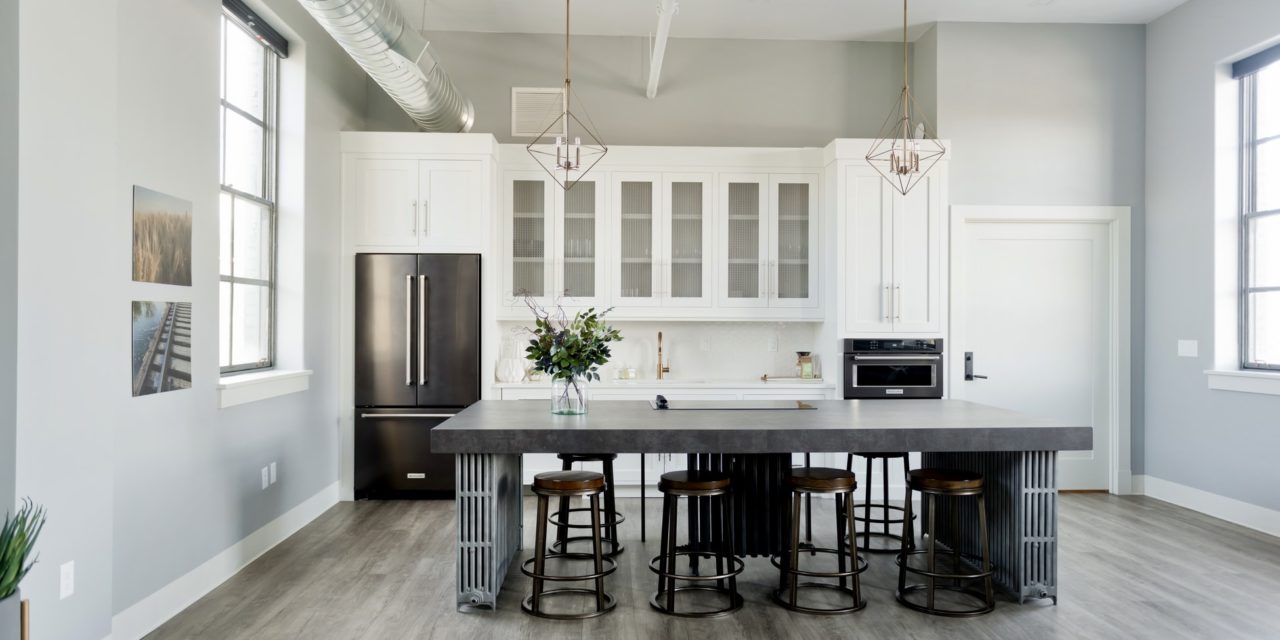[ad_1]
Get the perfect design for your room by using our guide to the best styles available
What are the options?
Inset sinks are the most common. Mounted into a hole cut in the worktop, the rim of the sink and draining board (if there is one) are slightly raised and overlap the worktop.
Corner sinks are usually inset and have a draining board positioned at a right angle to the sink. Ideal for small kitchens or utility rooms.
Under-mounted sinks are fitted under the worktop. They are not suitable for laminate worktops as the sink hole reveals the unfinished edges of the worktop. They work well with solid surface materials, such as stone, as you can have grooves cut into the work surface to provide an area for draining.
Over-mounted sinks (sometimes called sit-on or range-style sinks) sit directly on top of a base unit and the waste pipe is plumbed through the worktop.
Belfast and butler sinks are large, straight-sided and ceramic. The front of the sink is usually exposed, but they can be under-mounted or raised to sit on the worktop. The difference between Belfast and butler sinks is that Belfast sinks have an integral overflow, whereas butler's sinks do not.
Kitchen workstations are freestanding sink units. The sink section (often white ceramic but sometimes stainless steel) sits directly on top of a base unit.
Which material?
Stainless steel provides the greatest range of styles and sizes. Prices vary depending on the grade of steel used. Stainless-steel is strong, but relatively lightweight, durable, hygienic, heat and stain resistant, and easy to clean with detergent, but the surface can scratch easily.
Ceramic sinks are made from kiln-fired porcelain or fireclay. They are chemical, stain and heat resistant but can chip or crack if heavy things are dropped on them. Clean them with a non-abrasive cleaner and dry after use to prevent limescale build-up.
Solid surfaces (such as Corian) look super-sleek as sinks can be seamlessly under-mounted, with no joins between them and the worktop. Sinks that combine a stainless-steel base with solid Corian are also available. Solid surfaces are easy to clean with warm soapy water. They are also durable and heat, impact and stain resistant, and surface scratches can be erased with fine sandpaper.
Questions to consider
Double or single bowl? Most kitchens benefit from having a 1.5, or a bowl-and-a-half sink. If you entertain a lot and have space, a double or even two and a half bowls are useful.
Sink or worktop tap holes? Some sinks have a predrilled hole for a mixer tap. If they don't, taps will have to be fitted by drilling the required holes into the worktop.
Is it a DIY or professional job? You can fit a sink if you have some plumbing know-how. A plumber will charge £80 to £100 to replace new for old, and about £250 if you want to reposition the new sink.
Good to know Never put a washing-up bowl in a ceramic sink – any grit under the bowl will mark the surface.


